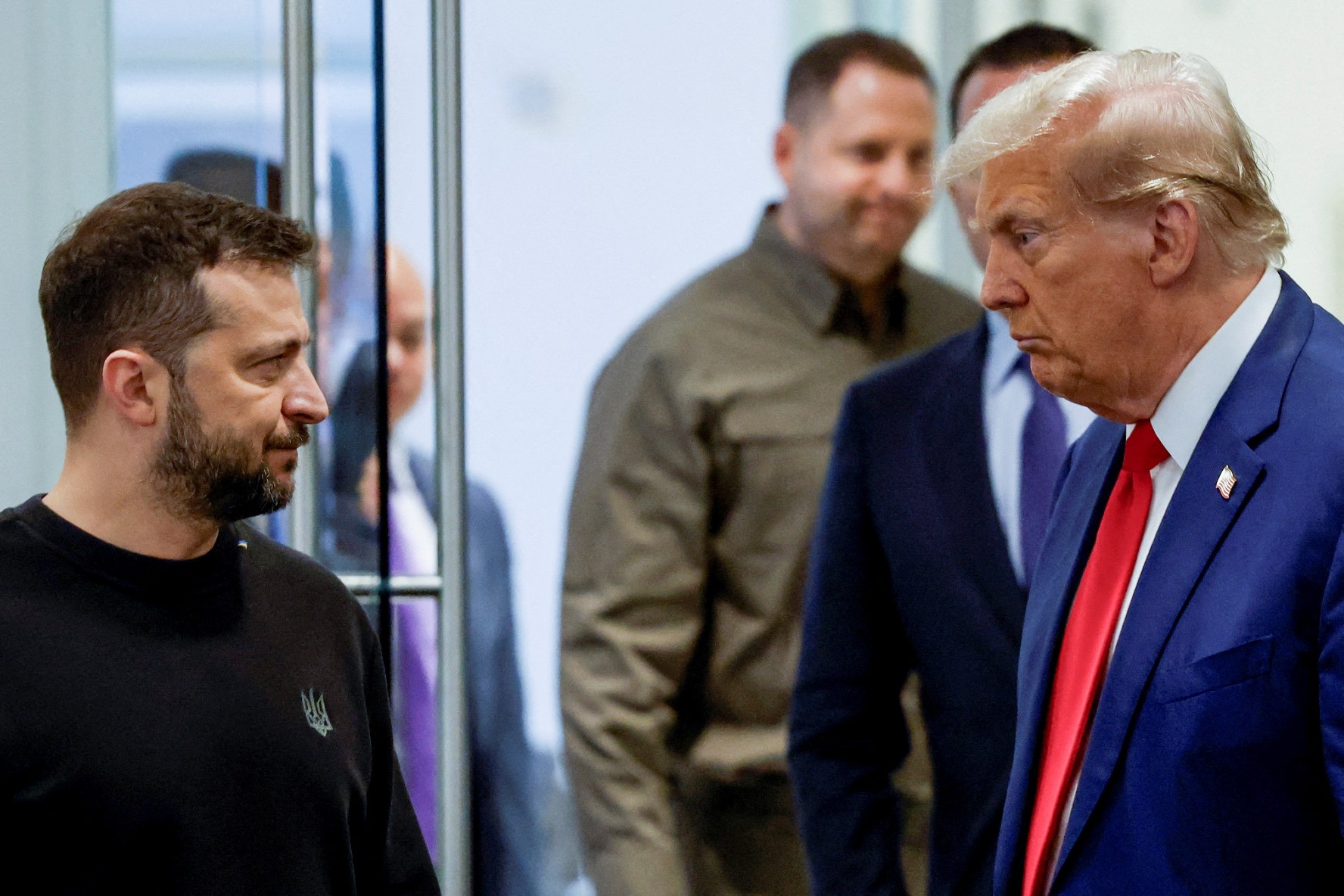The US peace plan for Ukraine proposes recognizing Russian-occupied territories—but critics say it rewards aggression. Will this deal bring peace or fuel future conflicts?
After months of stalled negotiations, the US peace plan for Ukraine has finally surfaced—but it’s not what Kyiv or its allies expected.
Revealed during closed-door talks in Paris, the proposal suggests a ceasefire in exchange for major concessions, including recognizing Russian-held territories and easing sanctions. While Washington frames this as a pragmatic solution, critics argue it rewards Moscow’s invasion and undermines Ukraine’s sovereignty.
What Does the US Peace Plan for Ukraine Actually Propose?
The U.S. peace plan for Ukraine centers on three key points:
1. Russia Keeps Occupied Lands
- Crimea, Donetsk, Luhansk, and other occupied regions would remain under Moscow’s control.
- This effectively legitimizes territorial gains made through military force.
2. Sanctions on Russia Would Be Eased
- Western economic pressure on Moscow would gradually decrease.
- Critics fear this could rebuild Russia’s war machine over time.
3. Ukraine’s NATO Membership Frozen
Kyiv’s path to NATO membership would be paused indefinitely.
A major win for Putin, who sees NATO expansion as a red line.
The most shocking detail? Ukraine wasn’t even consulted before this plan was drafted.
Why the US Peace Plan for Ukraine Favors Russia?
1. Rewarding Military Aggression Sets a Dangerous Precedent
If Russia keeps conquered land without consequences, what stops China, Iran, or others from doing the same?
Also Read: Iran-US Talks 2025: Rome hosts second round of talks
2. Sanctions Relief Strengthens Putin’s Regime
Easing restrictions would allow Moscow to rebuild its economy and military, potentially funding future conflicts.
3. Blocking NATO Expansion Was Always Putin’s Goal
By keeping Ukraine out of NATO, the West hands Putin a strategic victory he couldn’t achieve on the battlefield.
The Bigger Problem: Trust in Western Promises Is Broken
If the US peace plan for Ukraine moves forward, it sends a clear message: Western security guarantees are negotiable.
After years of insisting “Ukraine’s borders must be respected,” this proposal effectively abandons that principle for the sake of expediency.
Conclusion: A Short-Term Ceasefire, But Long-Term Instability
The US peace plan for Ukraine may pause the fighting, but it risks normalizing conquest and empowering aggressors.
If implemented, this won’t be remembered as peace—just surrender in disguise.
FAQs About the US Peace Plan for Ukraine
- What is the proposed US peace plan for Ukraine?
The plan suggests recognizing Russian-occupied territories, easing sanctions on Moscow, and halting Ukraine’s NATO membership in exchange for a ceasefire. - Has Ukraine agreed to this deal?
No. Reports indicate Kyiv was not consulted before the proposal was drafted, raising concerns over sovereignty.
3. Why would the US support such a deal?
After two years of costly war, some policymakers see this as the only realistic exit strategy.
4. Does this plan reward Russia for its invasion?
Yes. Critics argue it legitimizes land grabs without holding Moscow accountable.
5. Could this lead to long-term stability?
Unlikely. History shows that appeasement often leads to more aggression, not stability. Freezing Ukraine’s NATO ambitions and recognizing occupied territories may only delay future confrontations.

